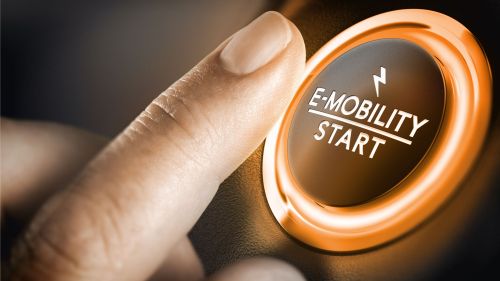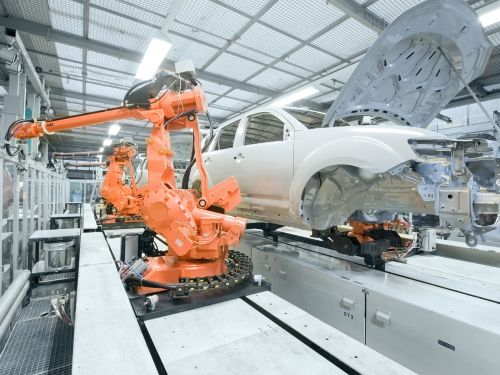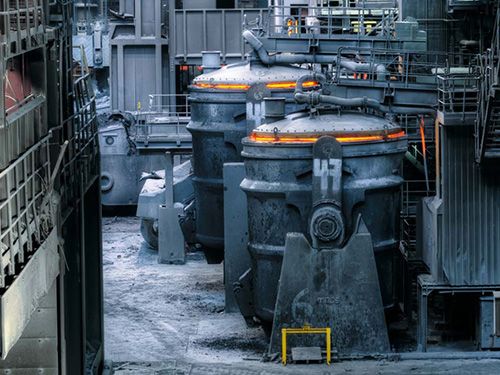- Automotive Industry
- Painting
Improved precision: painting robots in automotive manufacturing
Consistency is key for painting in the automotive industry, but it's difficult to achieve. Human error and environmental changes in the spray booth make consistent paint viscosity and uniform coating thickness especially challenging. Paint robots for the automotive industry are essential machinery for producing high quality vehicles. Real-time monitoring of this equipment provides insight into the health of the machines, records inspection results, and ensures the correct coat is applied to the correct part.

Cost reduction
With vibration monitoring on paint robots, there's a significant reduction in paint waste and rework, leading to lower scrap rates.
Consistent high-quality
Robots follow paint paths precisely, ensuring consistent application with no visible paint lines. Real-time monitoring alerts to pressure changes in the line that indicate a clog is forming and could impact paint application without intervention.
Increased efficiency
Each vehicle spends less time in the paint both when a robot can verify the correct paint is applied to the correct part using tracking systems, such as RFID and vision systems.
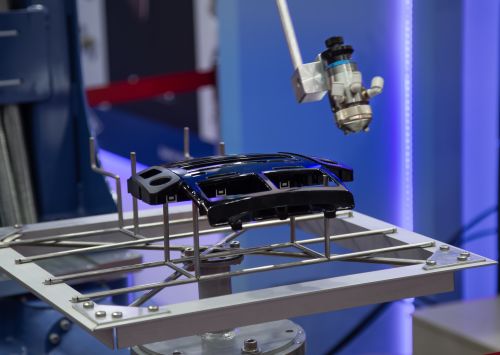
Use cases
Paint robots are versatile tools with multiple applications:
- Exterior painting: They provide a flawless exterior finish, meeting the expectation for consumer appeal and vehicle protection.
- Interior painting: Precision in painting complex interior components demonstrates their adaptability.
- Custom paint jobs: These robots can be programmed for specialized paint jobs, offering flexibility in design.

How to prevent unplanned downtime of paint robots
Incorporating paint robots into the automotive industry has streamlined the entire painting process. But, the unexpected failure of these machines during production can delay the entire vehicle manufacturing process. These automatic car painting machines excel in applying coatings uniformly and swiftly, but a clogged line can build-up pressure and result in uneven applications. This is where preventative maintenance can help keep these machines up and running for maximum efficiency.
Costs
The initial investment includes:
- Connected sensors
- Installation time
- Integration time
Depending on your level of expertise in programming vibration analysis, there are cost-effective solutions for you. It's important to consider the costs of integrating into existing infrastructure, so you can select a technology that is easy to deploy.
Savings
The long-term financial benefits include:
-
Reduced scrap rate
-
Increased efficiency
-
Reduced machine downtime
The easier it is to implement vibration monitoring solutions, the quicker return on investment you will measure. Plug-and-work solutions are a great way to deploy monitoring solutions quickly. They also easily integrate into existing infrastructure, reducing setup costs.
Technologies behind paint robots
Hardware
The hardware of condition-based monitoring for paint robots includes:
-
Smart pressure sensors: Real-time pressure monitoring provides immediate insight into a potential problem that might be building.
-
IO-Link vibration sensors: The VV series requires very little advanced programming knowledge. This plug-and-work solution allows you to quickly implement vibration analysis and trending.
-
VSE or VSA series: These fully programmable edge controller sensors allow for maximum flexibility and real-time vibration data streaming if you have personnel with programming experience.
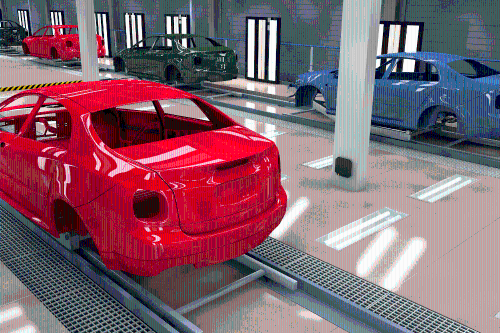
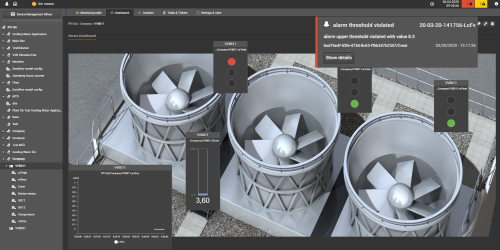
moneo|software
Implementing Industry 4.0 software that trends vibration data over time can help you optimize your maintenance schedule. It allows you to move from time-based maintenance intervals to instrument-based intervals, increasing efficiency of your processes.
Set alerts if sensors record values outside of predetermined thresholds, so you can receive real-time notifications of an impending problem and can intervene before a failure occurs.
- Integration with existing systems: IO-Link sensors and the IIoT port of IO-Link masters allows you to seamlessly integrate new technologies into existing manufacturing lines without interfering with machine control.
- Vibration monitoring: With the availability of plug-and-work solutions, you can reduce the need for specialized training by implementing vibration sensors that are preprogrammed to monitor the most common causes of failure. If you want more flexibility and have programming knowledge, you can implement more complex solutions for more precise monitoring.
Gain a competitive edge with condition-based monitoring of paint robots
Automotive manufacturers can gain a competitive edge by using vibration monitoring on paint robots to ensure high-quality, efficient, and customizable paint applications. With immediate alerts to potential equipment maintenance, you can reduce unplanned downtime and ensure high quality surface finishing every time. This positions manufacturers as industry leaders in innovation and efficiency.
